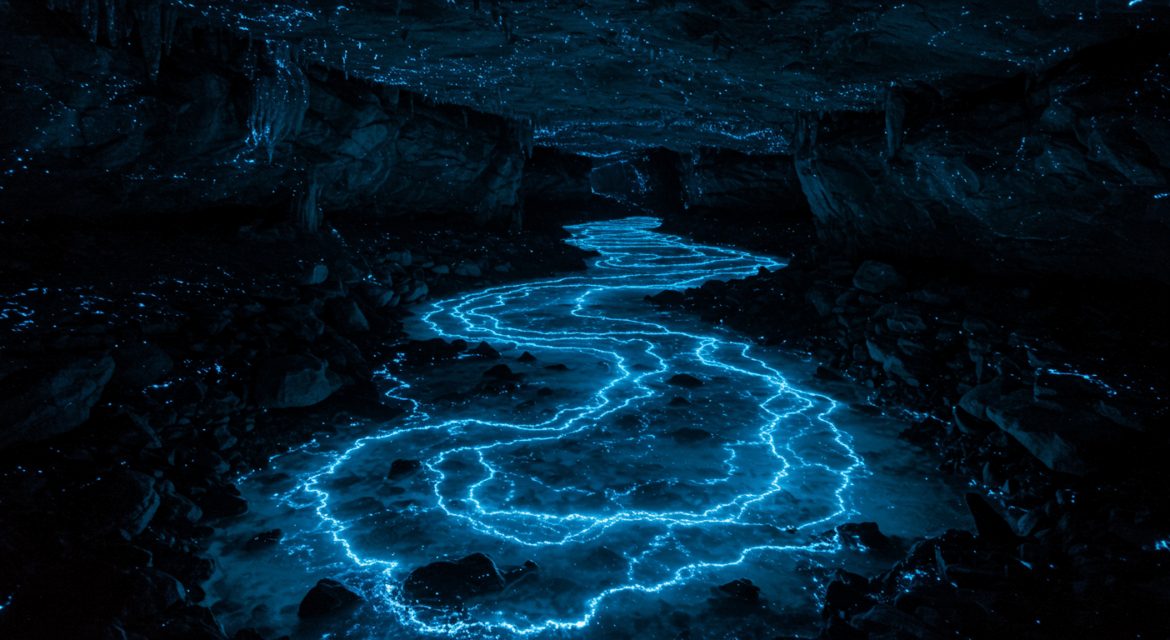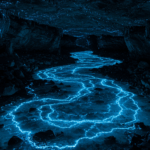No one sees water moving underground. No one hears it carving its path between rock and sand layers. But it’s there — drawing its own maps, choosing its course, defining zones of water-rich and water-poor. Those who ignore it pay the price later.
In an ancient oasis, where wells dried one after another, the solution didn’t start with drilling deeper wells. It started with a simple question: Where did the water go? Engineers traced its hidden path and discovered a new highway project had cut off a natural groundwater route. It wasn’t an execution error — it was a lack of holistic vision. Part of the road was redesigned; smart drainage channels were added to redirect water back to its original path. A year later, the wells burst back to life.
In a coastal city, where seawater threatened freshwater reservoirs, engineers didn’t just build seawalls. They built a natural early-warning system: monitoring wells analyzing water salinity hourly. When salt levels rise, no alarm sounds — instead, a plan redirects freshwater from other areas to push salt away.
Water doesn’t recognize the borders we draw on maps. It doesn’t distinguish between “our project” and “our neighbor’s project.” It moves where it wills, by its own laws. Dealing with it isn’t just pipes and pumps — it’s understanding, respect, humility.
Even in modern cities, where we believe we control everything, water still defies our plans. Sudden floods, unexpected droughts, hidden pollution — all are messages from beneath the surface. Those who read them well don’t build systems… they build alliances with nature’s own forces.






